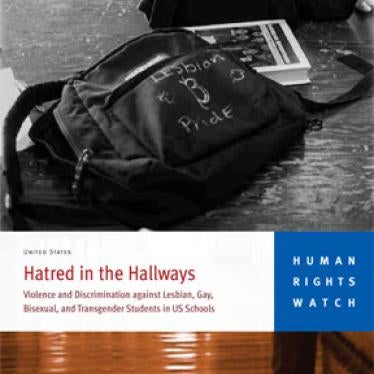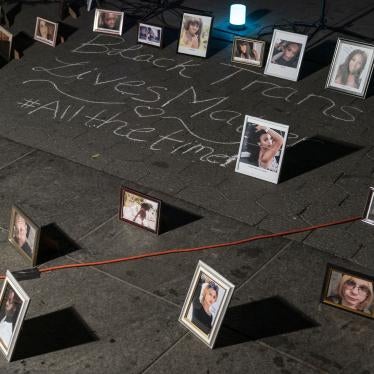The tragic suicide of teenager Tyler Clementi, who jumped to his death off the George Washington bridge after a roommate posted online a webcam of him in an intimate encounter with another young man, highlights the intense social pressures young people face with relation to their sexuality and privacy, pressures that are even more intense for teens who may engage in same-sex relations or whose sexual identity is in flux. There have been several other recent, widely publicized examples of bullying leading to suicide.
Lesbian, gay, bisexual, and transgender youth in the United States often suffer daily harassment, abuse, and violence at the hands of their peers. These students spend an inordinate amount of energy figuring out how to get to and from school safely, avoiding the hallways when other students are present in order to escape slurs and shoves, cutting gym classes to escape being beaten up-in short, attempting to become invisible.
For some, the burden of coping each day with relentless harassment is too much. They drop out of school. Some commit suicide. Others barely survive. A few fight back, demanding that school administrations ensure their safety, that recognition of gays and lesbians be integrated into the curriculum, that they be allowed to organize gay-straight student groups, and that they be encouraged to celebrate their identities.
Based on in-depth interviews with 140 youth and some 130 teachers, administrators, counselors, parents, and youth service providers in seven states, Human Rights Watch's May 2001 report Hatred in the Hallways offered the first comprehensive look at the human rights abuses suffered by lesbian, gay, bisexual, and transgender students at the hands of their peers. These problems persist today, but local resources for youth in crisis can be found here: http://www.thetrevorproject.org/suicide-resources/local-resources







